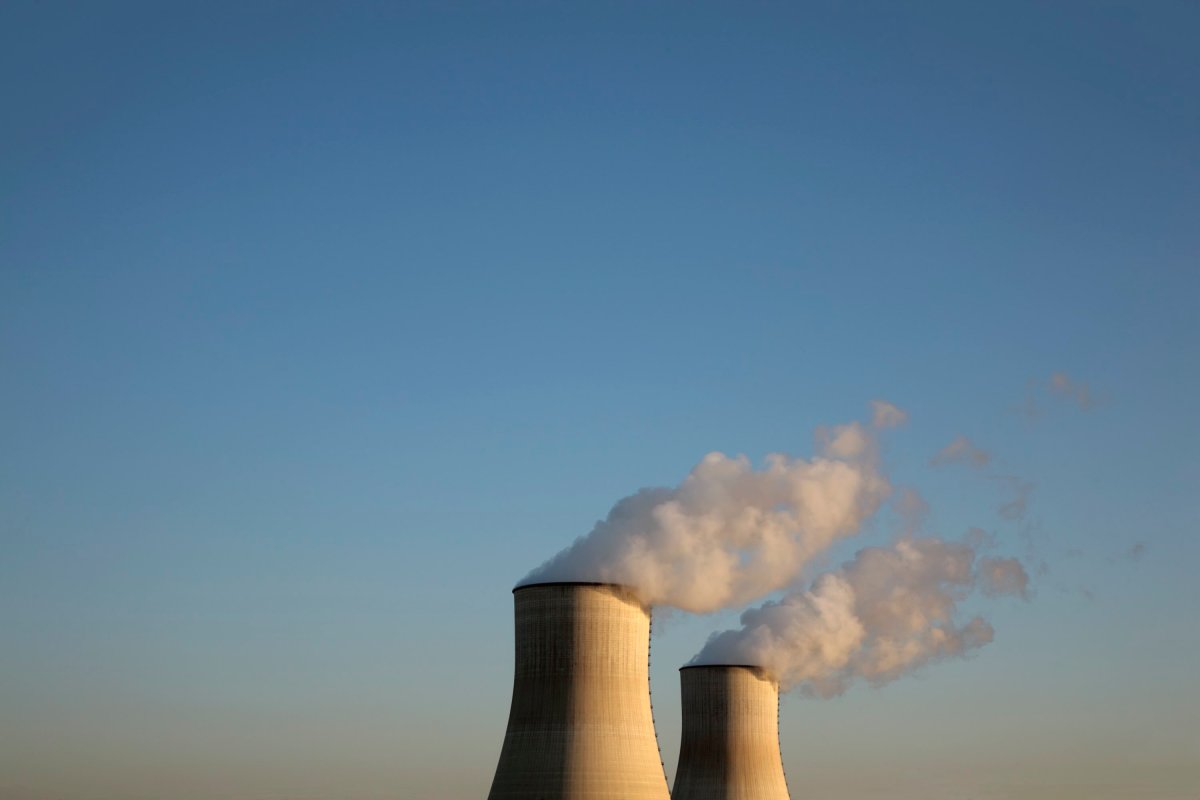

Google and nuclear site developer Elementl Power announced this week that they will work together on three sites for advanced nuclear reactors.
The tech company has been rushing to lock up energy sources as its AI ambitions drive growing power demands at its data centers. This year alone, Google plans to spend $75 billion building data center capacity.
With the new deal, Google is promising to add at least 600 megawatts of generating capacity at each of the three sites. Elementl said the reactors will be connected to the grid “with the option for commercial off-take,” meaning that Google can buy power directly.
Elementl has been operating stealthily until this announcement. The team has experience in the nuclear industry, though it hasn’t developed any power plants yet. The company was started by Breakwater North and is backed by Energy Impact Partners.
Elementl is taking a “technology agnostic” approach, meaning that it hasn’t decided on which small modular reactor (SMR) company it will work with to develop the projects. There are a number of possibilities, though Kairos Power is a likely frontrunner given its existing deal with Google.
Kairos says its demo plant will generate 50 megawatts of electricity, with an eventual commercial plant producing 150 megawatts split between two reactors.
There’s no universally accepted definition, but SMRs tend to top out at 300 megawatts or so. By comparison, the most recently completed nuclear power plant in the U.S., Vogtle Unit 4 in Georgia, generates over 1.1 gigawatts of electricity, nearly four times the size of a large SMR.
Techcrunch event
Berkeley, CA
|
June 5
Silicon Valley has been smitten by SMRs. Startups have been rushing into the space, promising to slash reactor costs through mass manufacturing enabled by SMRs’ smaller size. That, coupled with the promise of 24/7 power that could be sited close to data centers, has pushed them to sign a number of deals with SMR startups, including Oklo, X-Energy, and the aforementioned Kairos.
Yet no SMR has been built outside of China. One startup, NuScale, has gotten close to building one, but it suffered a setback in 2023 when its utility partner canceled its contract after the estimated cost of the project more than doubled — even as the plans were downsized in an effort to contain costs.
Keep reading the article on Tech Crunch